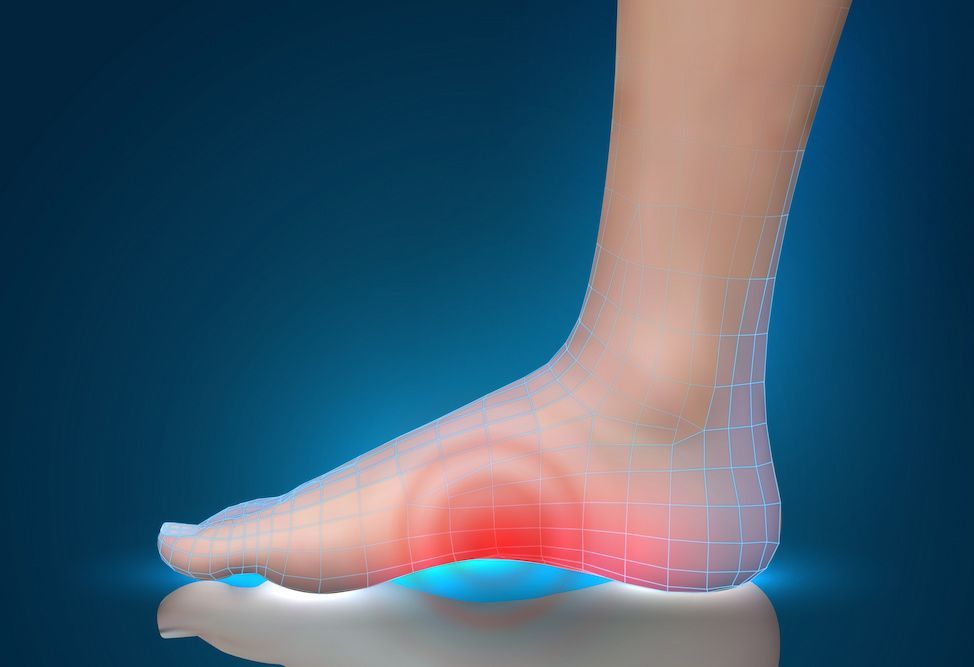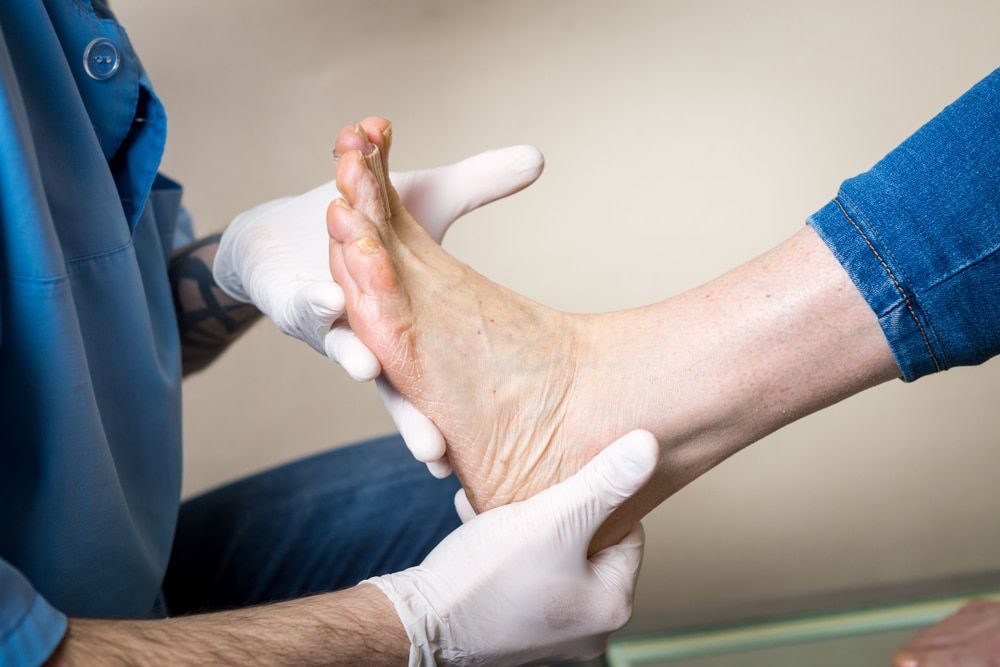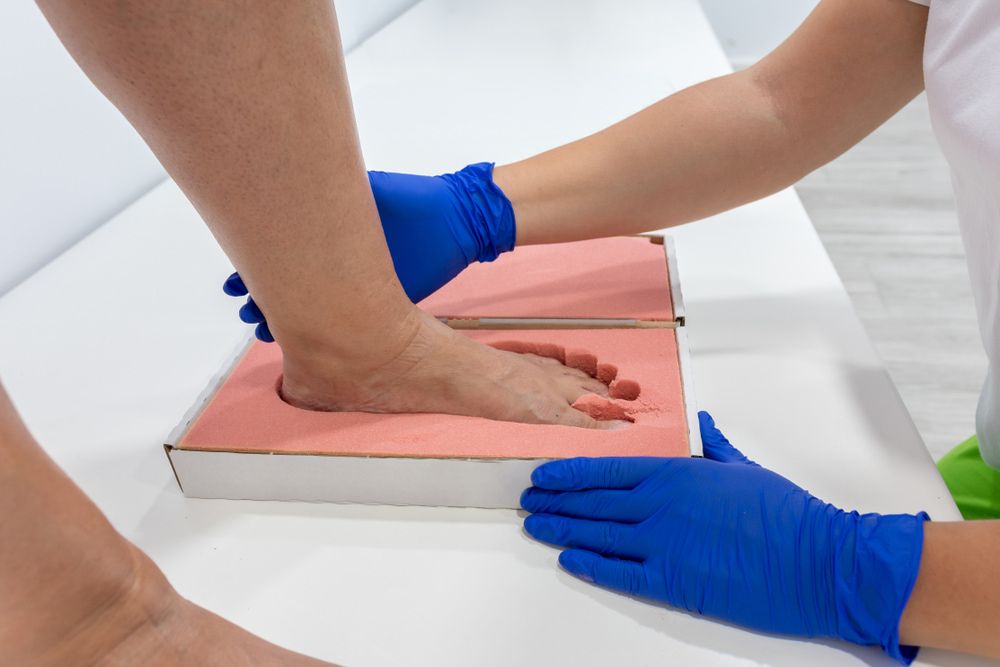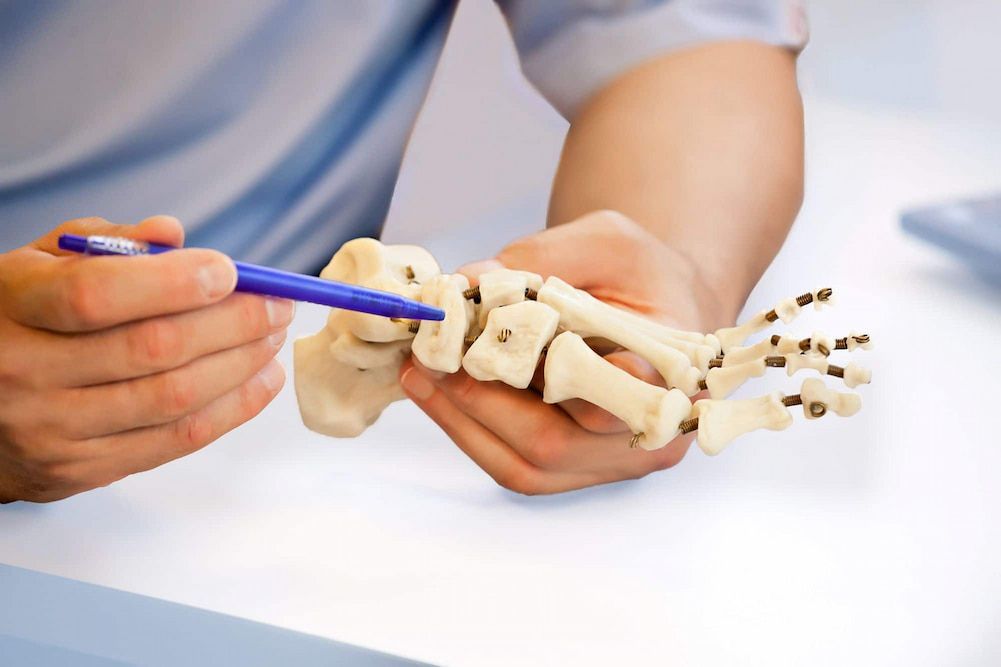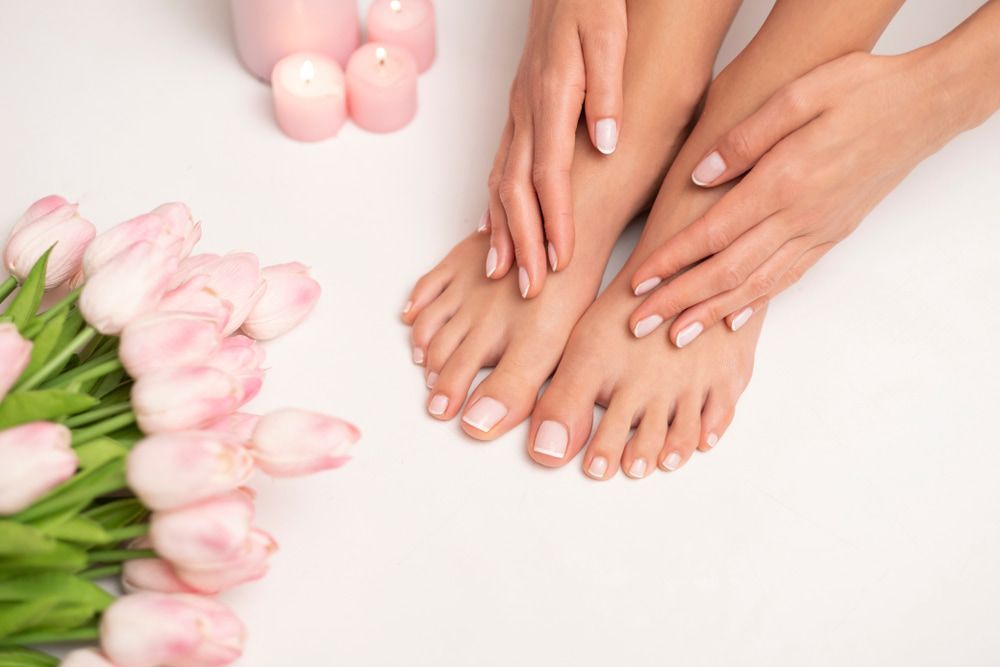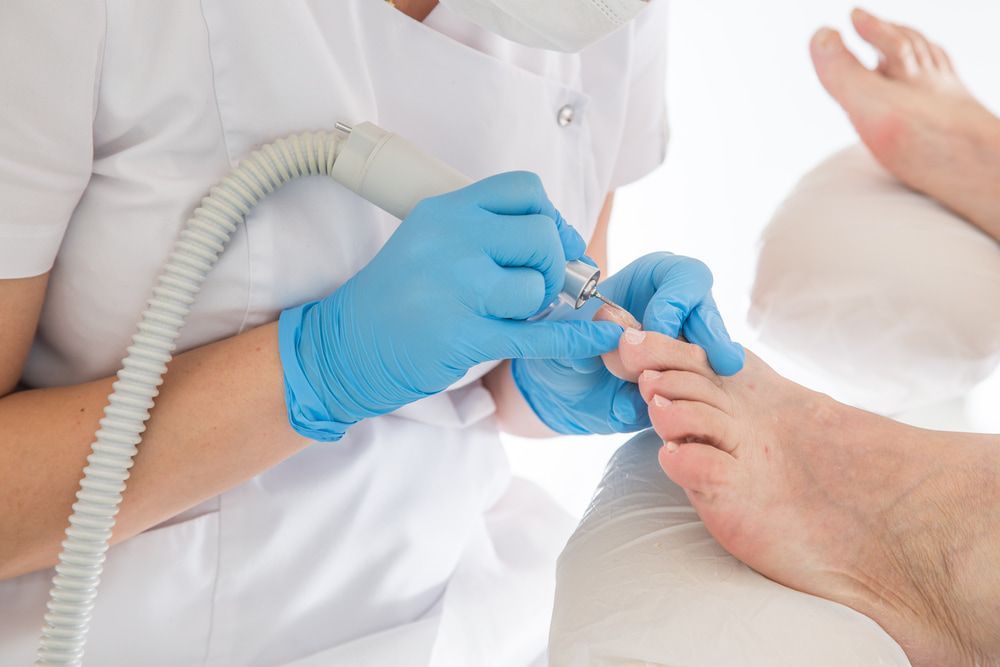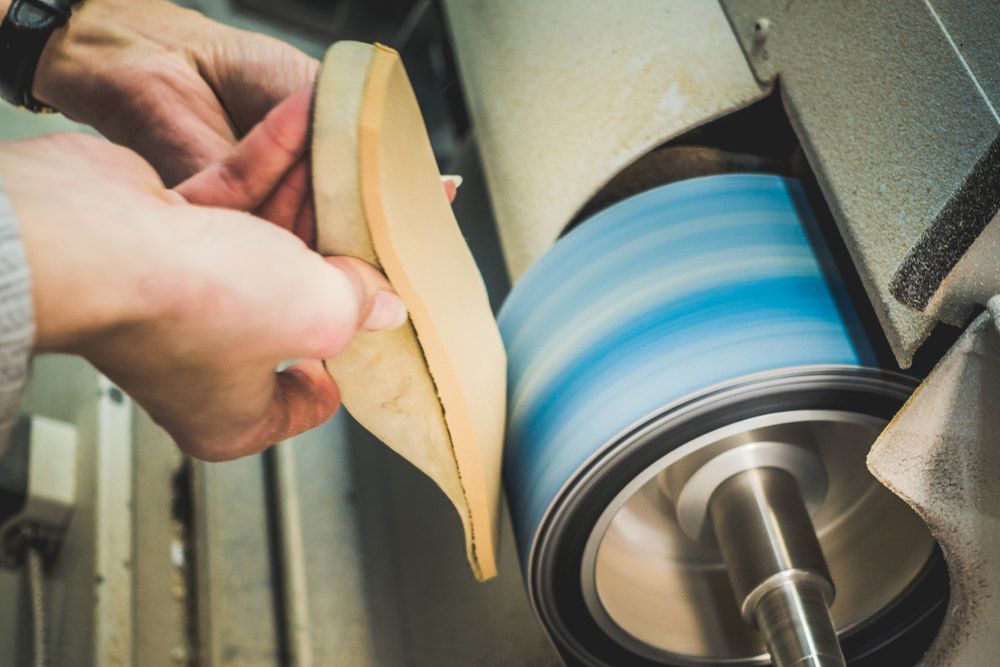Orthotics Darwin
Explore Our Offerings
Our advanced 3D scanning technology captures precise foot measurements, allowing for the creation of customised orthotics tailored to your unique needs. We intend to enhance functionality for improved mobility and foot health.
Got questions about orthotics? Our FAQ section provides clear, expert answers to common inquiries about orthotic types, fitting processes and how they can help with foot pain and other conditions. We're here to guide you every step of the way.
About Our Orthotics Services
We understand that dealing with foot discomfort or pain can significantly impact your daily activities and overall quality of life. That's why we cater to individuals across Darwin and the neighbouring regions who require effective solutions for foot-related conditions.
Our services are designed to go beyond providing relief—they intend to improve your foot health, helping you live life to the fullest. Through our custom orthotics service, enhanced by precise 3D scanning, we address a wide range of foot conditions. Whether dealing with flat feet, plantar fasciitis or other issues, our shoe inserts are tailored to your individual needs.
We take into account your foot structure, condition severity and lifestyle to create a custom fit. For more details on our process and what to expect, visit our FAQ section for expert answers and guidance. Looking to book in an appointment at our clinic in Darwin or Katherine? Don't hesitate to call us on 0428 976 360 today.
Uniquely-Designed Orthotics Darwin Loves
Experience personalised foot support that works. At Swan Podiatry and Orthotics, we craft precision-made custom orthotics that address your individual needs—not just generic discomfort. Whether you're a runner, a tradie or someone who spends long hours on their feet, our orthotics are designed to keep you moving comfortably and confidently. With clinics located in both Darwin and Katherine, we're making advanced foot care more accessible across the Top End. Book your appointment online today—no referral needed.
Why Choose Swan Podiatry and Orthotics?
We don’t believe in one-size-fits-all solutions. Our orthotics start with a comprehensive biomechanical assessment, followed by advanced 3D scanning to capture the precise contours of your feet. From there, we design orthotics that deliver targeted support where you need it most.
Unique Materials for Real Results
Unlike traditional inserts, our orthotics are built with a semi-rigid, 3D-printed material shell. This innovative structure provides a perfect balance between stability and flexibility. It helps reduce foot fatigue, correct alignment issues and alleviate chronic pain without compromising comfort.
Meet Cable Mills, Our Principal Podiatrist
Cable Mills brings extensive experience and a forward-thinking approach to foot care. He leads every assessment with a personalised focus and stays up to date with the latest podiatric technologies. You can trust that your feet are in skilled hands.
Who Can Benefit from Orthotics?
If you’re dealing with discomfort or pain in your feet, knees, hips or lower back, custom orthotics could be the solution. Many people don’t realise their symptoms stem from poor foot mechanics.
Address the Root of the Problem
We design orthotics to treat a wide range of conditions including:
- Plantar fasciitis
- Flat feet or fallen arches
- Achilles tendinopathy
- Bunions
- Metatarsalgia
- Heel spurs
- Overpronation
- Knee and lower back pain due to poor foot alignment
We help everyone from school-aged children to seniors, ensuring the orthotic is appropriate for their activity level, foot structure and lifestyle.
Types of Orthotics We Offer
At Swan Podiatry and Orthotics, we offer both semi-custom and fully customised orthotic devices. Each style has its advantages, and we’ll guide you to the right option during your appointment.
Full-Custom Orthotics
These are tailored entirely to your unique foot shape using our precise 3D scanning technology. Full-custom orthotics are ideal for complex foot issues or patients with a history of ongoing discomfort. They’re designed for maximum alignment correction and biomechanical support.
Semi-Custom Orthotics
Semi-custom orthotics are made using the same 3D-printed shell, but with moderate adjustments based on foot type and gait. They’re an excellent option for less severe conditions, budget-conscious patients or those looking for preventative support.
Our 4-Step Custom Orthotics Process
We’ve created a simple, effective process to get you the right support quickly with orthotics Dawrin locals depend on.
Step 1: Biomechanical Assessment
Your journey starts with a full biomechanical evaluation. We examine how you walk, stand and move. We identify any irregularities or alignment issues that may be contributing to discomfort.
Step 2: 3D Foot Scanning
We capture your exact foot shape using cutting-edge 3D scanning technology. This digital scan ensures unparalleled accuracy and a truly tailored fit—far beyond what you’ll find in off-the-shelf products.
Step 3: Custom Orthotic Design
Your orthotics are designed using advanced software, allowing us to model precise contours and support points. Whether you need correction for flat feet, pressure redistribution or arch support, we craft a device that works with your foot—not against it.
Step 4: Fitting and Follow-Up
Once your orthotics are ready, we conduct a fitting session to ensure they’re working effectively. We also schedule a follow-up appointment if needed to make any adjustments. Our goal is to ensure long-term comfort and performance.
Trusted Provider of Orthotics in Darwin
Our reputation for excellence in orthotics in Darwin and Katherine has been built through years of commitment to patient care and clinical precision. We don’t just hand you inserts—we partner with you in improving your foot health. Whether you’re dealing with chronic pain or just looking for better support in your work boots, our orthotics provide real results that last.
No Referral Needed – Book Online
We believe in breaking down barriers to quality care. That’s why you don’t need a referral to see us. Our online booking system makes it simple to choose a time that suits your schedule. Appointments are available at both our Darwin and Katherine clinics, and we accept patients from all across the Northern Territory.
Orthotics Built for Aussie Lifestyles
From red dirt roads to city footpaths, life in the Territory is hard on your feet. Our orthotics are made to withstand the demands of the local environment and support your movement across varied terrain. Whether you're in steel caps, school shoes, runners or sandals, we’ll ensure your orthotics fit seamlessly into your daily footwear.
Helping You Move Without Pain
When your feet are functioning properly, your whole body benefits. Poor foot posture can lead to muscle fatigue, joint pain and long-term mobility issues. Our orthotics are designed not only to relieve pain but to prevent it from coming back.
Real Benefits You’ll Feel
- Improved foot alignment
- Reduced knee and hip strain
- Better balance and posture
- Increased comfort during physical activity
- Greater energy levels throughout the day
We help you get back to doing what you love—pain-free.
What Sets Our Orthotics Apart?
We don’t use heat-moulded templates or outdated techniques. Every orthotic we provide is crafted using modern, 3D-printed materials and digital foot scans. This allows for greater accuracy, better comfort and longer-lasting results.
Clear, Upfront Pricing
You won’t be left guessing when it comes to costs. We explain your options clearly before starting treatment, with no hidden fees. Plus, many private health funds provide rebates for custom orthotics.
Testimonials From Our Patients
Our number one goal is to help our patients live a happy, pain-free life. This starts with providing compassionate and thorough services the minute you step through our door.
“Cable was very straightforward, efficient and professional while at the same time easy to communicate with and discuss follow up options. All in all, a very good experience, thanks.”
– Kevin
“I had a terrific experience at Swan Podiatry and Orthotics and was made to feel very comfortable. Cable was professional and considerate to my needs and will be highly recommended should any of my friends, family or colleagues require his services.”
– Aymie
“Great experience with Swan podiatry. Cable is very friendly, gentle, patient and explains everything clearly. With his support and advice, now I can walk without any pain! :) Highly recommended!”
– Diyah
Get Started With Orthotics Today
If you’ve been searching for high-quality orthotics in Darwin, Swan Podiatry and Orthotics offers a tailored solution that delivers results. From diagnosis to design, our process is streamlined and focused on long-term foot health. With locations in Darwin and Katherine, expert care is never far away.
Book Online, No Referral Required
Don’t wait to start feeling better. Use our easy online booking system to schedule your consultation today. Whether you need full-custom support or a more affordable semi-custom option, we’ll guide you every step of the way.
Make the Right Step Forward
There’s a reason so many locals trust Swan Podiatry and Orthotics for orthotics in Darwin. We combine clinical expertise with the latest technology to deliver tailored foot support that improves lives. Step into a better future—pain-free and ready to move. Book your appointment today.

